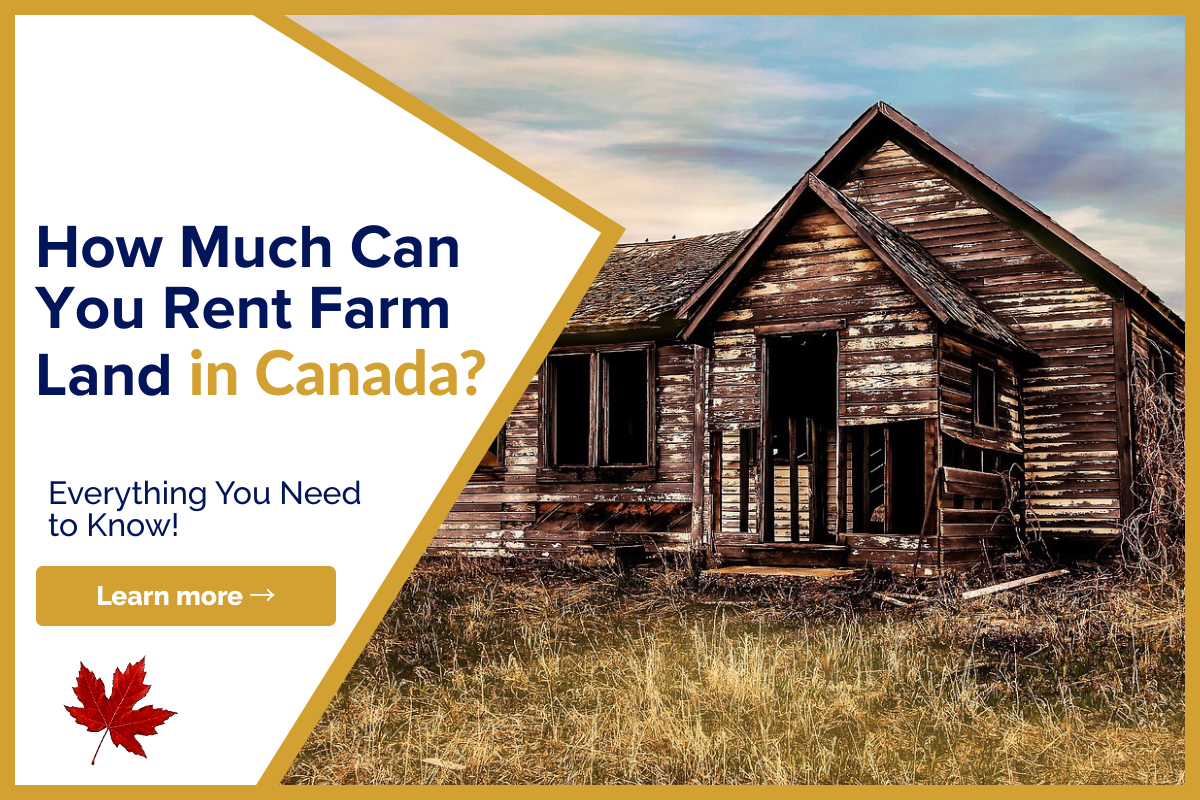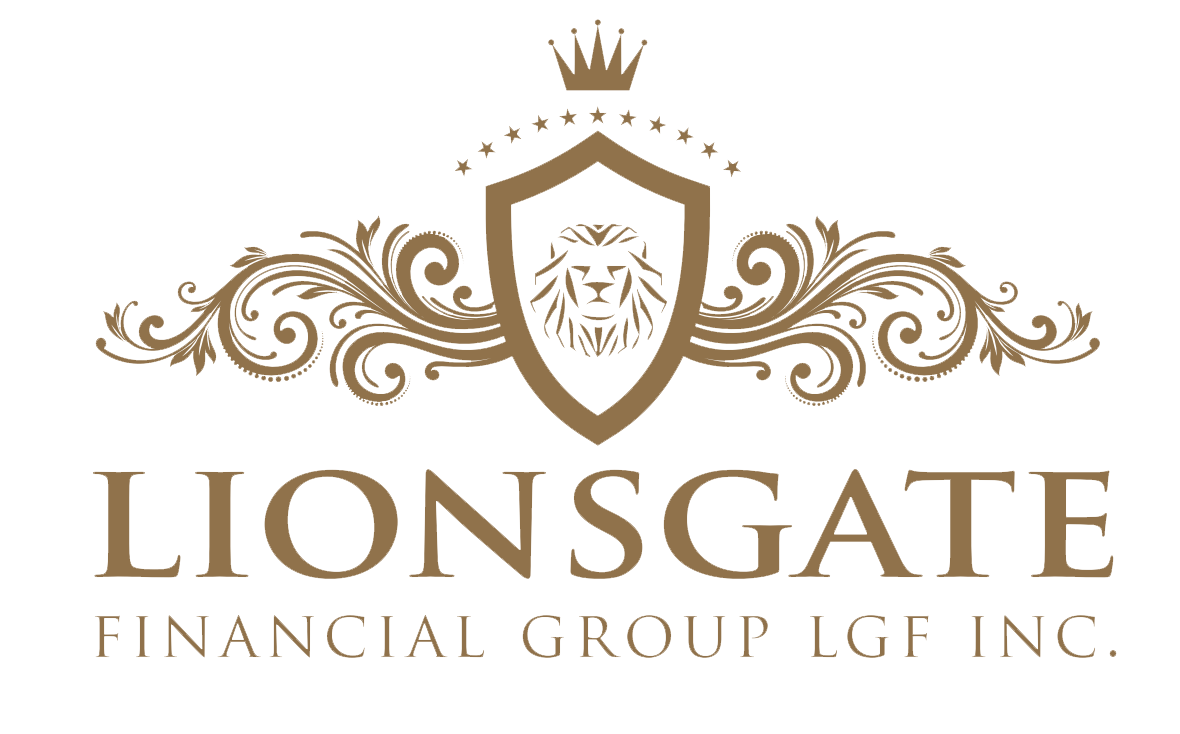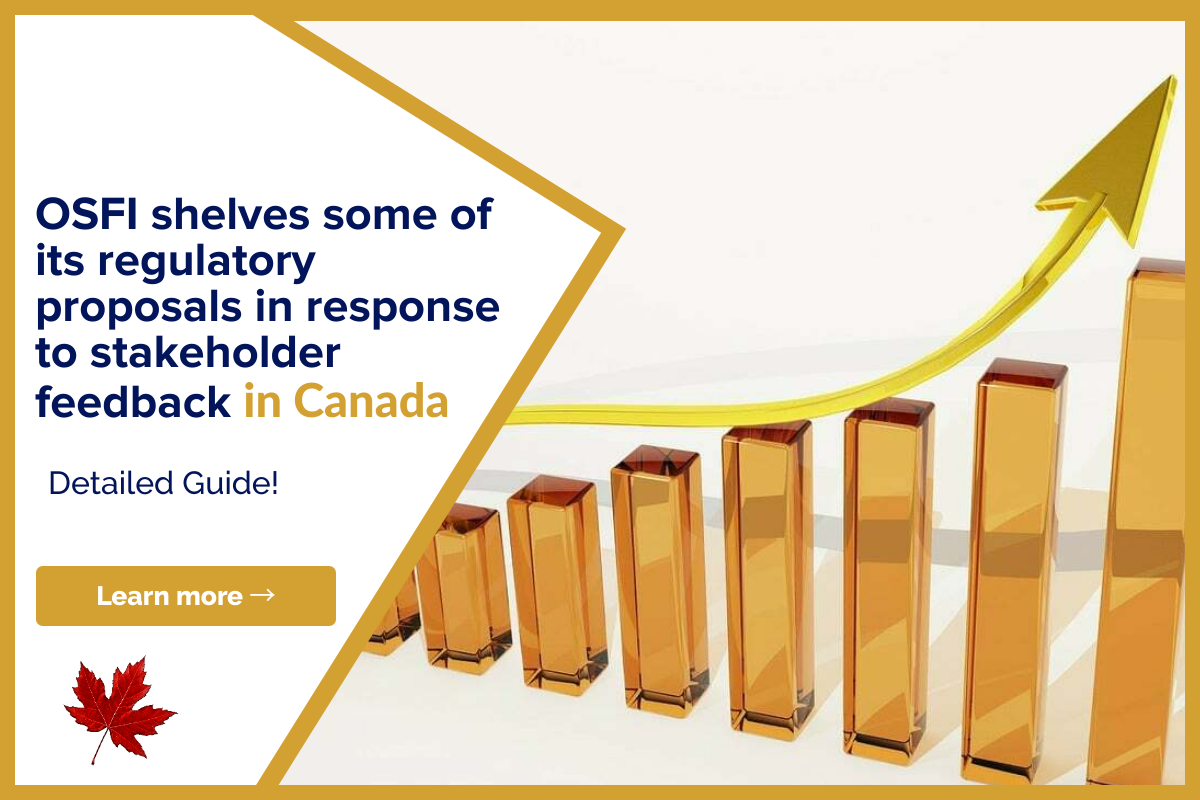During the early days of the mortgage business, brokers would require a lot of paperwork…

How Much Can You Rent Farm Land?
Now you can listen to our blog post, “How Much Can You Rent Farm Land for Ontario?” while on the go.
The cash rental rate per acre divided by the price of farmland per acre results in the rent-to-price ratio.
Significant differences exist between provinces. Only 1.45% of the value of farmland is paid in cash per acre in Ontario. Saskatchewan has the highest ratio at 3%, followed by Alberta and Manitoba at 2.2 and 2.5%, respectively.
Many times, landlords who are one or two generations distant from the farm land are curious about the cash rent in a specific area.
How Does Renting Farmland Work?
Most people picture some kind of duplex when they hear the phrase “rental property.” However, it’s also possible to rent out the land.
Over the past few decades, farmland has consistently given investors returns while being much less volatile than the stock market. The popularity of this alternative asset class has skyrocketed in recent years.
Listed below are some of the factors driving an increase in farmland investment:
- It serves as a good hedge because it is resistant to inflation.
- A tangible asset with a long history of appreciation is farmland.
- Your portfolio is diversified.
- Rent payments or a portion of the agricultural produce are two ways you can make money.
- Investors may also anticipate gains in the value of the land.
- No link with the stock market
Farmland investment, however, entails a number of special risks that do not apply to other types of investments. As an illustration, consider the danger of pest infestation or weather risk. Before investing, all of this must be taken into account.
Is Renting Farm land A Smart Move?
Smart landowners who recognise the short- and long-term value lease out millions of acres of farmland. Over the years, we have noticed an increase in the number of landlord farmland owners. Many investors have benefited from the chance to buy the property and rent it to farmers rather than purchasing the land and farming it themselves.
Farm land prices have increased by around 6.0% each year during the past 50 years. The return on investment may be exceptional when you factor in the cash rent.
Every year since 1990, farmland has generated a profit. In addition to this above-average return, investors will also gain other advantages. When compared to other investments, farmland returns have been proven to have minimal volatility.
Many people have found success in the past by investing in farmland and renting it out, and it will probably be an excellent opportunity in the future as well. However, the lesser liquidity is a drawback of land ownership. It is neither straightforward or quick to sell off your investment unless you are trading farmland REITs.
How Much Can You Rent Farm Land for Ontario?
In contrast to land sale prices, cash rents are not made public. Farmers may find that disclosing this knowledge is detrimental. When renting land, you might be aware of market rates in your region but you might also be flying blind.
Farmland parcels’ cash rent has occasionally in recent years, been sold at auction to the highest bidder, and this is undoubtedly public knowledge. In contrast, conversation in coffee shops usually focuses on the highest cash rents that anyone has heard.
It’s significant to remember that land prices vary greatly, even within a single region. The FCC analysis also reveals a wide range in the rent-to-price ratio.
The price range for farmland is the narrowest in Saskatchewan. East-central Saskatchewan has the lowest average price for 2021 at $1,900 per acre, and northeastern and west-central Saskatchewan have the highest average at $2,400 per acre. On the other hand, prices in west-central Saskatchewan ranged from $1,300 to $4,700.
While Saskatchewan’s rent-to-price ratio averaged the three per mentioned above cent, it ranged from a low of 1.5 per cent to a high of five per cent. According to the FCC investigation, the provinces’ least valuable real estate typically has the greatest rent-to-price ratios.
Cash rent for an acre in Saskatchewan equals $69 using the three percent average for $2,300/acre agriculture.
The 2.2 per cent rent-to-price ratio in Alberta, where farmland costs $4,300 per acre, results in a cash rental rate of $95 per acre. A 2.5 percent ratio corresponds to a cash rent per acre of $92 on farmland in Manitoba valued $3,700 per acre.
Ontario has a unique environment. According to the FCC study, Ontario’s farmland cost grew by 22.2% in 2021. This contrasts with growth of 3.6% in Alberta, 7.4% in Saskatchewan, and 9.9% in Manitoba. The rent-to-price ratio has a lag time because cash rents are frequently for a number of years.
The 1.45 per cent rent-to-price ratio predicts a cash rent of $217 per acre for Ontario farmland valued at $15,000 per acre. While not an exact measure, a rent-to-price ratio for each province clearly indicates the cash rental rates being paid.
Need Some Quick Cash? Let Us Help!
Are you struggling with your financial needs and need some extra cash? Lionsgate can help. Just fill out the form below, letting us know all your cash or mortgage requirements, and we will find the best lender for you. Amazing thing? The process is free, and you can quit it at any time.
We have a team of experts that analyze your requirements and pick the best lender for you with prudent advice.
Note: Please give your authentic information while completing the form below.
If you found this article helpful, please share it with someone you care about. Also, visit our blog to read similar helpful articles on finance, real estate, and getting mortgages.




